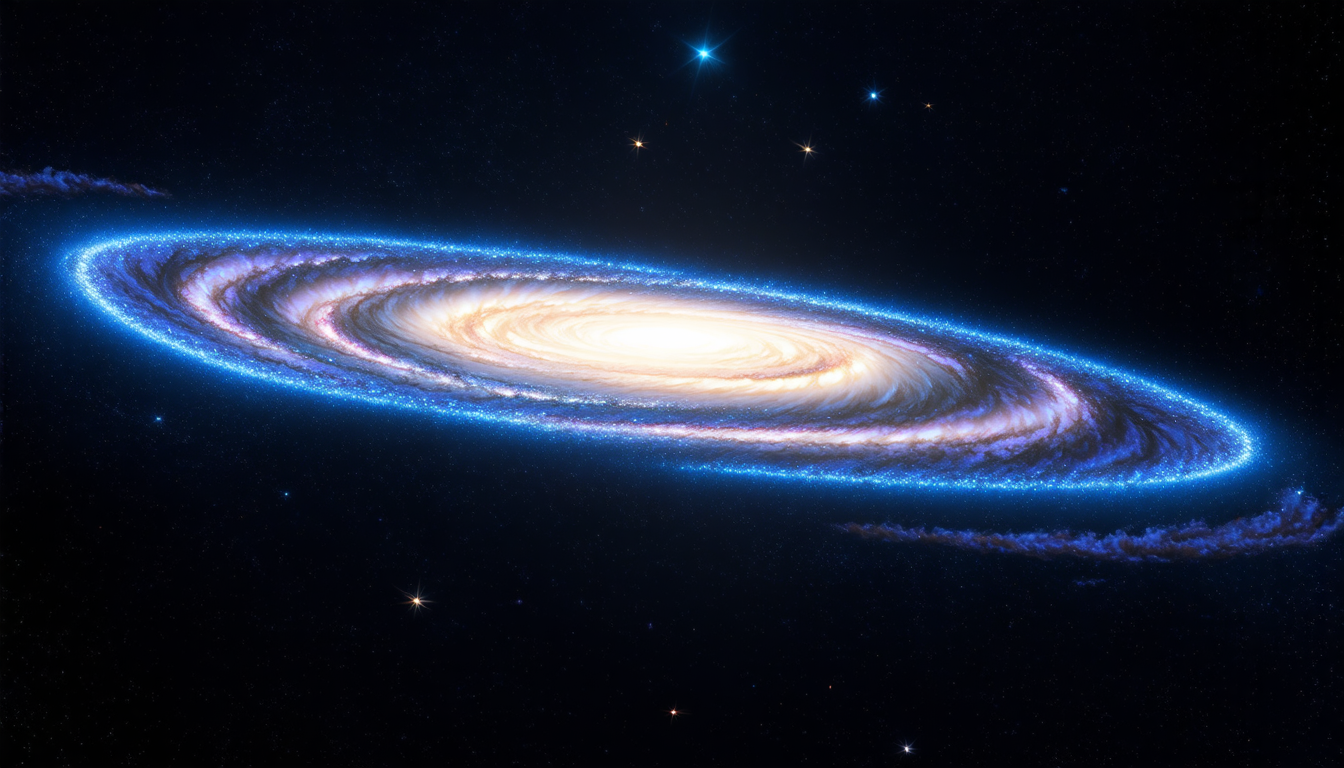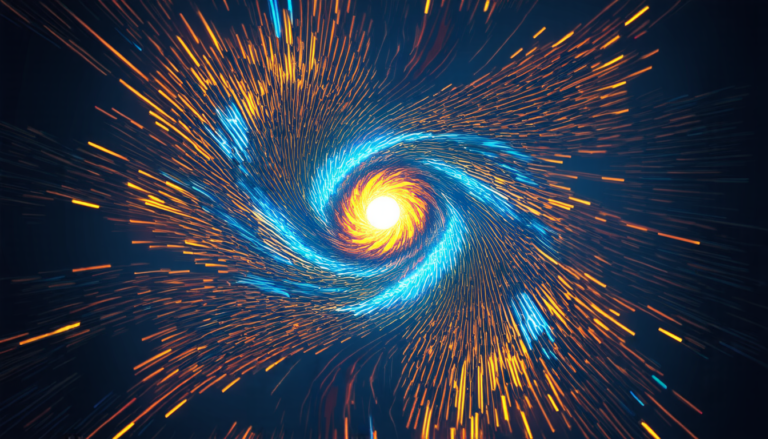Monday 25 August 2025
Scientists have long been fascinated by gamma-ray bursts, or GRBs, which are incredibly powerful explosions that occur in distant galaxies. These events release an enormous amount of energy, outshining entire galaxies and sending shockwaves through space.
Recently, a team of researchers has made a significant discovery about one particular GRB, known as 220711B. By analyzing the light curve of this burst, they found something surprising – a pattern that suggests the explosion was caused by a magnetar, a type of neutron star with an incredibly strong magnetic field.
Magnetars are rare and poorly understood objects, but scientists believe they could be responsible for some GRBs. However, this discovery is significant because it provides the first direct evidence of a magnetar’s involvement in one of these explosions.
The team used data from NASA’s Swift satellite to study the light curve of 220711B, which showed a complex pattern of peaks and dips in its brightness over time. By analyzing this pattern, they were able to identify a series of distinct phases in the explosion, including an initial plateau phase followed by a steep decline.
The researchers suggest that these phases are consistent with the spin-down and collapse of a magnetar. As the magnetar spins down, its magnetic field weakens, leading to a decrease in its energy output. Eventually, the magnetar collapses into a black hole, causing a final burst of energy.
This discovery has significant implications for our understanding of GRBs and the nature of these powerful explosions. It suggests that at least some GRBs may be caused by the collapse of magnetars, rather than the merger of neutron stars or other possibilities.
The study also provides new insights into the properties of magnetars themselves. By analyzing the data from 220711B, the researchers were able to estimate the initial spin period and magnetic field strength of the magnetar. These estimates suggest that the object was spinning at a relatively slow rate – about once every few seconds – and had an incredibly strong magnetic field.
The discovery of a magnetar in GRB 220711B is an exciting development in the field of astrophysics, providing new insights into the mysteries of these powerful explosions. As scientists continue to study this event and others like it, they may uncover even more secrets about the nature of magnetars and their role in shaping the universe.
Cite this article: “Magnetar Discovered as Cause of Powerful Gamma-Ray Burst”, The Science Archive, 2025.
Gamma-Ray Bursts, Magnetars, Neutron Stars, Nasa Swift Satellite, Black Holes, Astrophysics, Explosions, Magnetic Fields, Spin-Down, Collapse







